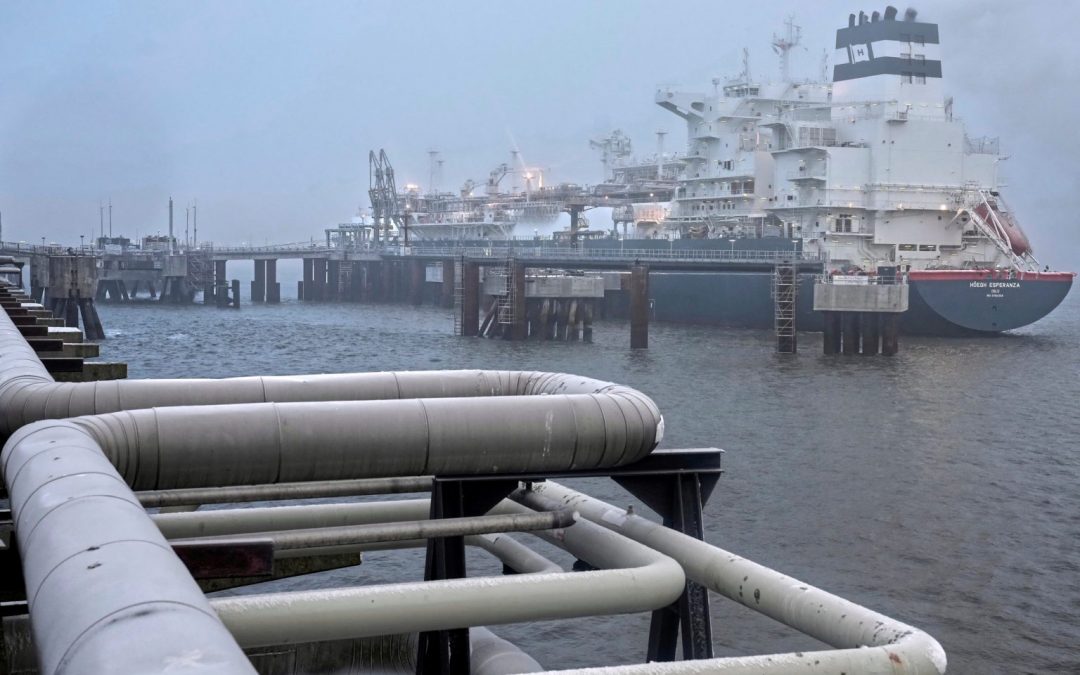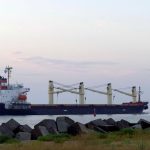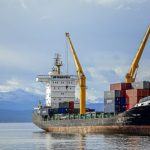QatarEnergy has signed new contracts with international companies to operate 19 more LNG vessels, bringing to 104 ships being added to the company’s fleet over the next few years.
The latest agreements bring to an end the expansion of the company’s conventional-size fleet, QatarEnergy said in a March 31 statement. The addition of 104 ships overall is the largest shipbuilding and leasing program ever for LNG, the company said. Of the 19 new ships, six of them will be operated by CMES LNG Carrier Investment, six by Shandong Marine Energy (Singapore) and three by MISC Berhad.
They are all being built by Samsung Heavy Industries in South Korea.
The remaining four vessels will be operated by a joint venture of Kawasaki Kisen Kaisha (K-Line) and Hyundai Glovis and are being constructed at Hanwha Ocean (formerly Daewoo Shipbuilding & Marine Engineering) also in South Korea. On March 24, QatarEnergy signed agreements with Qatar’s Nakilat gas transporter for the operation of 25 ships as part of the conventional-fleet expansion.
QatarEnergy Trading
QatarEnergy concluded the first part of its LNG ship expansion in 2022, with long-term charters of 60 LNG ships. That first part will also serve QatarEnergy Trading in its global LNG portfolio, including volume to be produced from the Golden Pass LNG export project in Texas. Of the 104 new ships, 43 will be chartered by QatarEnergy’s affiliate QatarEnergy Trading, marking the single largest one-step ship acquisition program of any single entity in the history of the LNG industry, QatarEnergy said. Conventional-size ships have capacity of 174,000 cu m each.
The company needs to significantly expand its shipping fleet to support its plans to increase LNG output capacity to 142 million mt/year by 2030, up from current levels of 77 million mt/year.
S&P Global Commodity Insights forecasts that Qatar’s ability to sign new contracts across its portfolio of available capacity will likely be key to meeting expansion targets.
“Qatar remains well-positioned to build marketing momentum, although it may need to show increased flexibility to do so on a rapid timeframe, potentially including greater leeway in destination optionality,” S&P Global Commodity Insights said in a recent report.
LNG development plans could also be affected by a raft of new LNG supply capacity due to come onstream in 2025-2027. This could lead to periods of oversupply, bringing down prices. Platts assessed the May JKM at $9.51/MMBtu March 28, down from $11.25/MMBtu at the end of 2023, according to S&P Global data.
Source: Hellenic Shipping News






